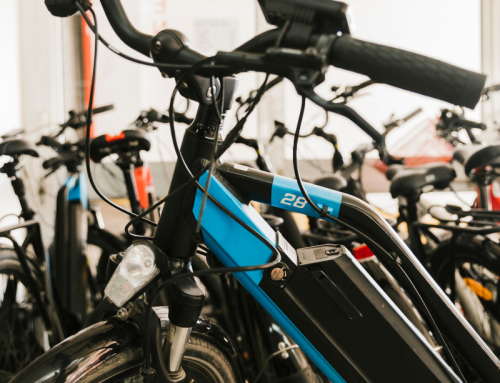Like any big change in life, moving into a retirement village takes some consideration.
You should take the time to think about the lifestyle that you want and discuss your decision with family, friends and advisers. It is a good idea to work out a budget and visit a few villages to understand the contractual obligations and costs and seek professional legal and financial advice before you sign anything.
There are different ways you can enter into a retirement community, including:
- Purchasing the property within a retirement village development, which gives you ownership of the “bricks and mortar” or “mobile home” as well as access to any retirement village facilities; If the village provides community facilities, then additional costs could apply in addition to any strata levies, site fees and so on; you should also consider your future care and whether the village can provide additional services, particularly the ability to move within the development to higher care facilities should that be needed in the future.
- Independent living residence which could include outright purchase, or usually a lease or licence to occupy. This type of “ownership” is the more usual arrangement for most retirement village developments. A lease or licence to occupy means that you do not own the “bricks and mortar” but have a right to live in the particular villa/unit under certain terms. The terms of your right to occupy are set out in the Lease or Contract with the retirement village. The property may be a self-contained unit or a serviced unit. Depending upon the options available within the development you would also be liable for daily or weekly fees, to cover additional services including meals, caretaker & maintenance needs, recreational facilities, security and medical care (if applicable). Such developments may also provide the option to move to higher care facilities if needed.
Retirement living can be quite different to the usual “neighbourhood living”. You should consider whether community living is right for you and take the time to look at a number of villages to compare the services, facilities and financial arrangements applicable to that development.
Make sure you have also considered the following in particular:
- Have you received a disclosure statement and a general inquiry document from the favoured development. Make sure you understand the documentation and seek professional advice before signing anything;
- Have you been provided with full information as to all costs, including any Bond, daily and weekly fees, and exit fees;
- What are the village rules? Are there any rules that you will have difficulty with;
- Is there a resident’s committee?
- Are you able to have pets in your property and/or on site?;
- What facilities are provided and what are the costs?;
- Can you make changes to your property?;
- Can you have someone visit and/or live with you?
- Are you able to go away and leave the property vacant for any period of time, or are there time limitations?;
- Is the village well maintained?
- Is there easy access within the village?
- Is the village secure?
- Are there any emergency services – i.e.; caretaker, medical care, doctor on site?;
- Will the property/unit/home suit you if your needs and abilities change – eg; are there any stairs you will need to manage?
- What happens upon your death?
- Can you sell your property and move to another facility, if so what are the costs?
- Do you like the neigbourhood surrounding the village, what facilities are available within the neighourhood – eg; transport, medical, shops libraries, churches, recreational facilities;
Whilst it may seem daunting when first thinking about such a move, taking the time to consider what your needs are now, and in the future and seeking professional and legal advice before committing yourself, will help ease the process. Do not hesitate to contact us at info@wmdlaw.com.au to speak with one of our specialists and qualified staff who are ready and available to assist you.






